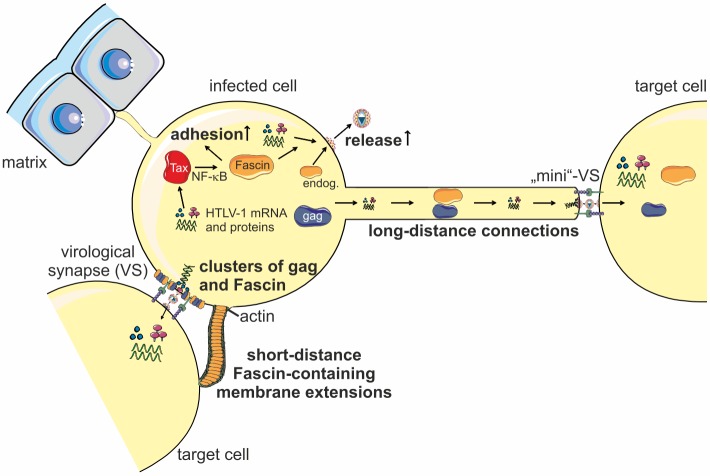Fig 8. Model of Fascin’s role during HTLV-1 transmission.
HTLV-1-infected T-cells express the transactivator Tax that upregulates Fascin expression via the NF-κB signaling pathway. Not only Tax-induced Fascin, but also endogenous (endog.) Fascin is required for virus release and cell-to-cell transmission. Beyond, adhesion of infected cells occurs Fascin-dependently, which may favor dissemination of infected cells in vivo. Functionally, Fascin makes room for gag clusters reminiscent of viral biofilms at the virological synapse (VS) and Fascin-containing short-distance membrane extensions clutch uninfected T-cells. Additionally, Fascin localizes with gag in long-distance connections between chronically infected and newly infected T-cells. A “mini VS” may be shaped at the tip of the long-distance connection towards the target cell. Overall, Fascin seems to be important for the transport of viral proteins to foster polarized budding, virus release and cell-to-cell transmission of HTLV-1.

